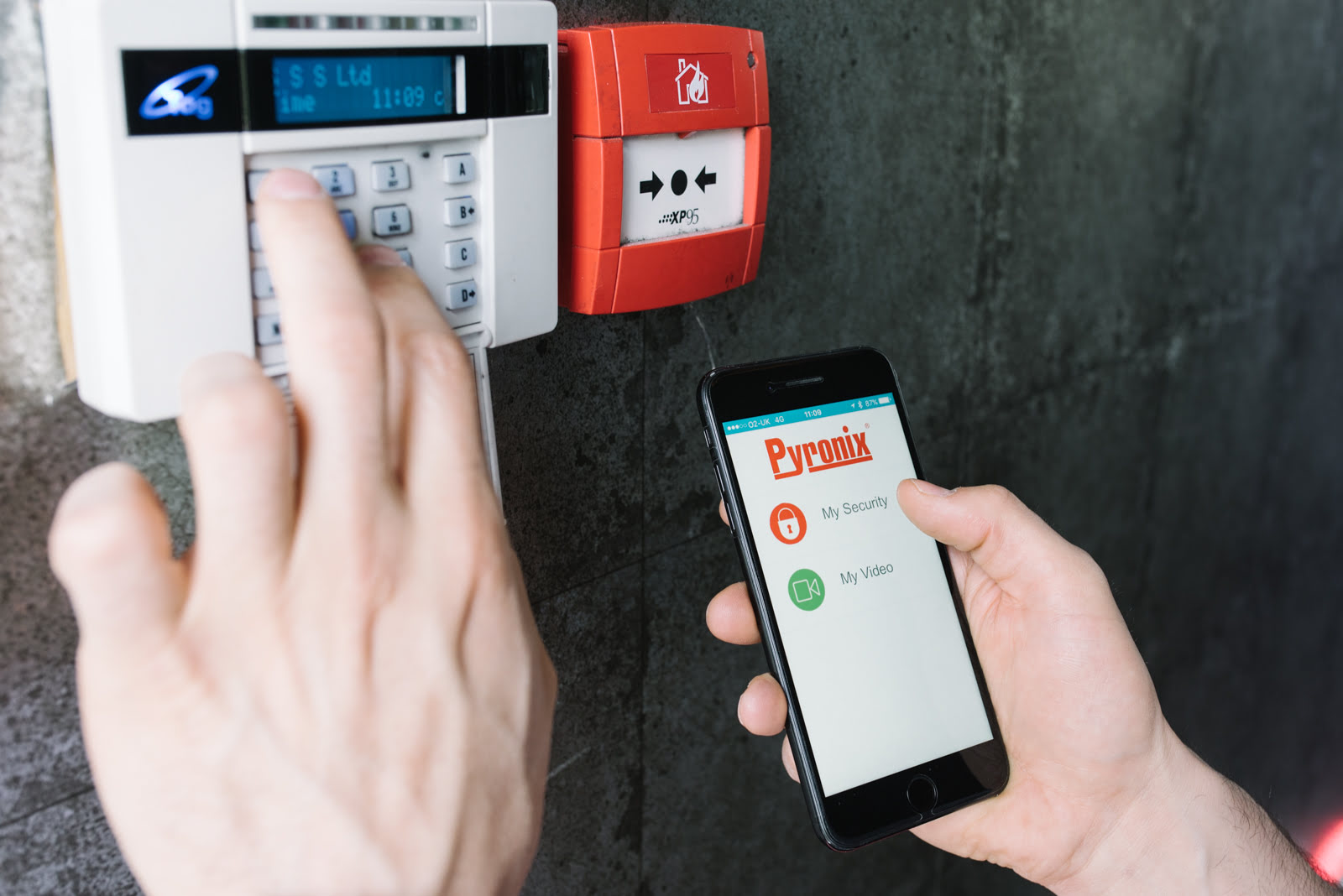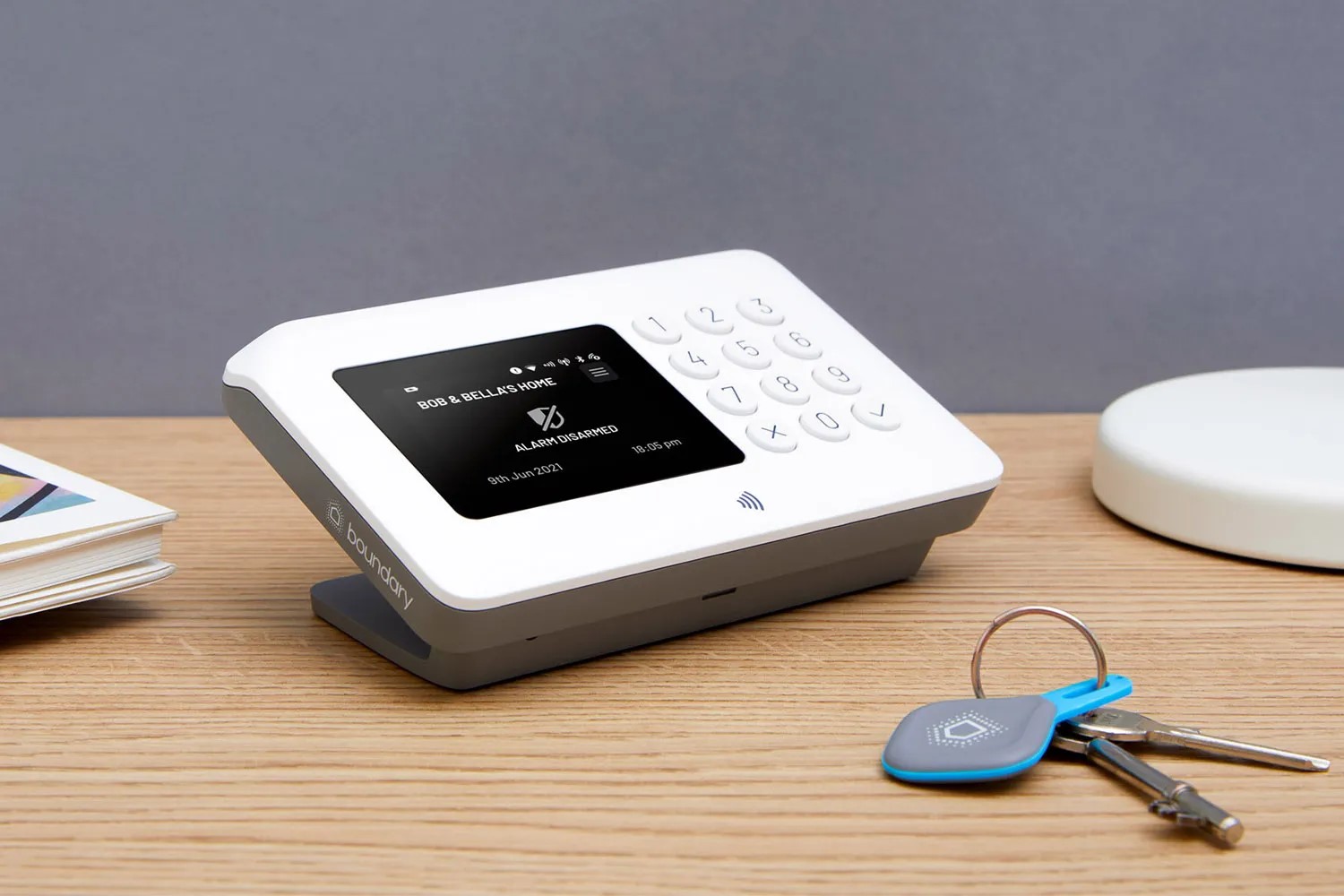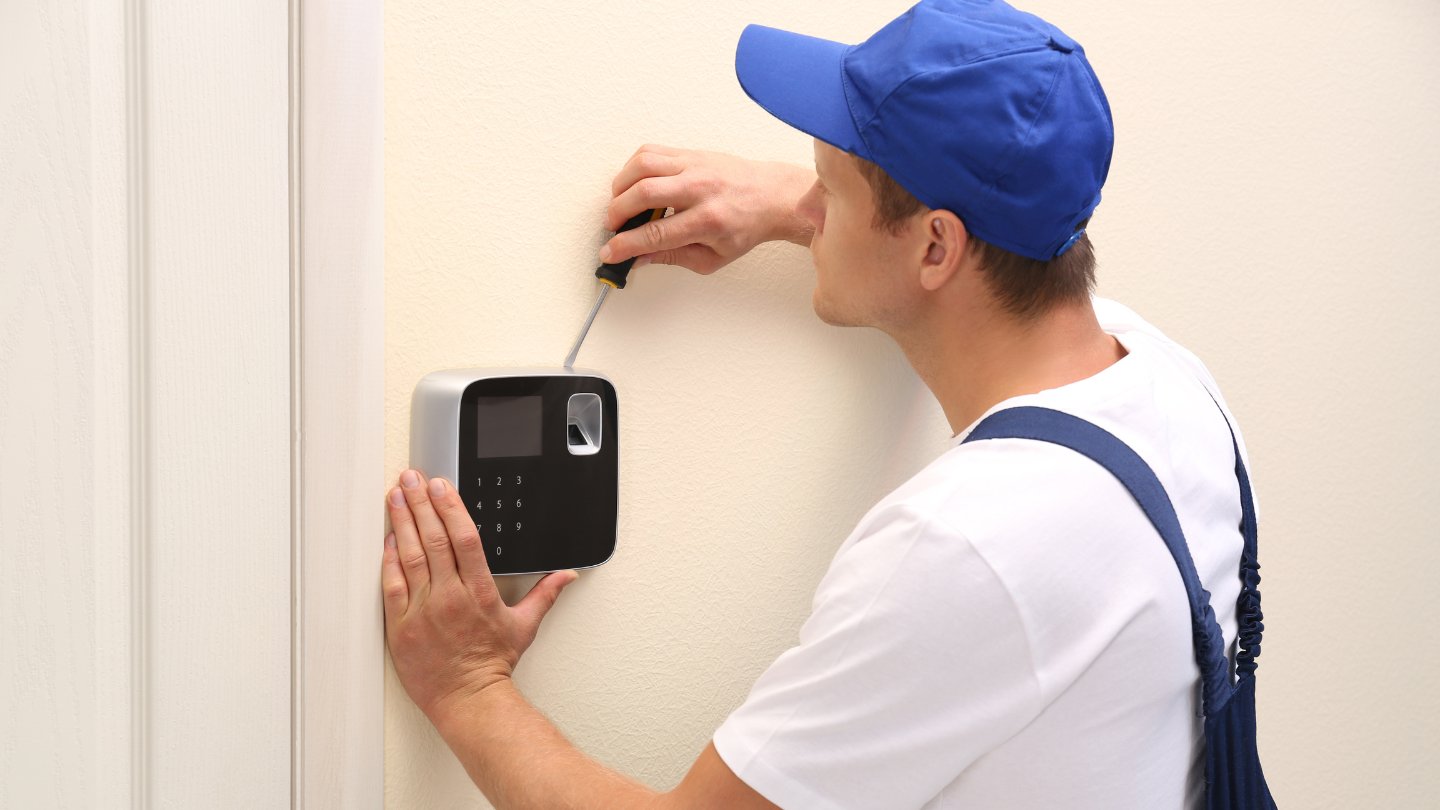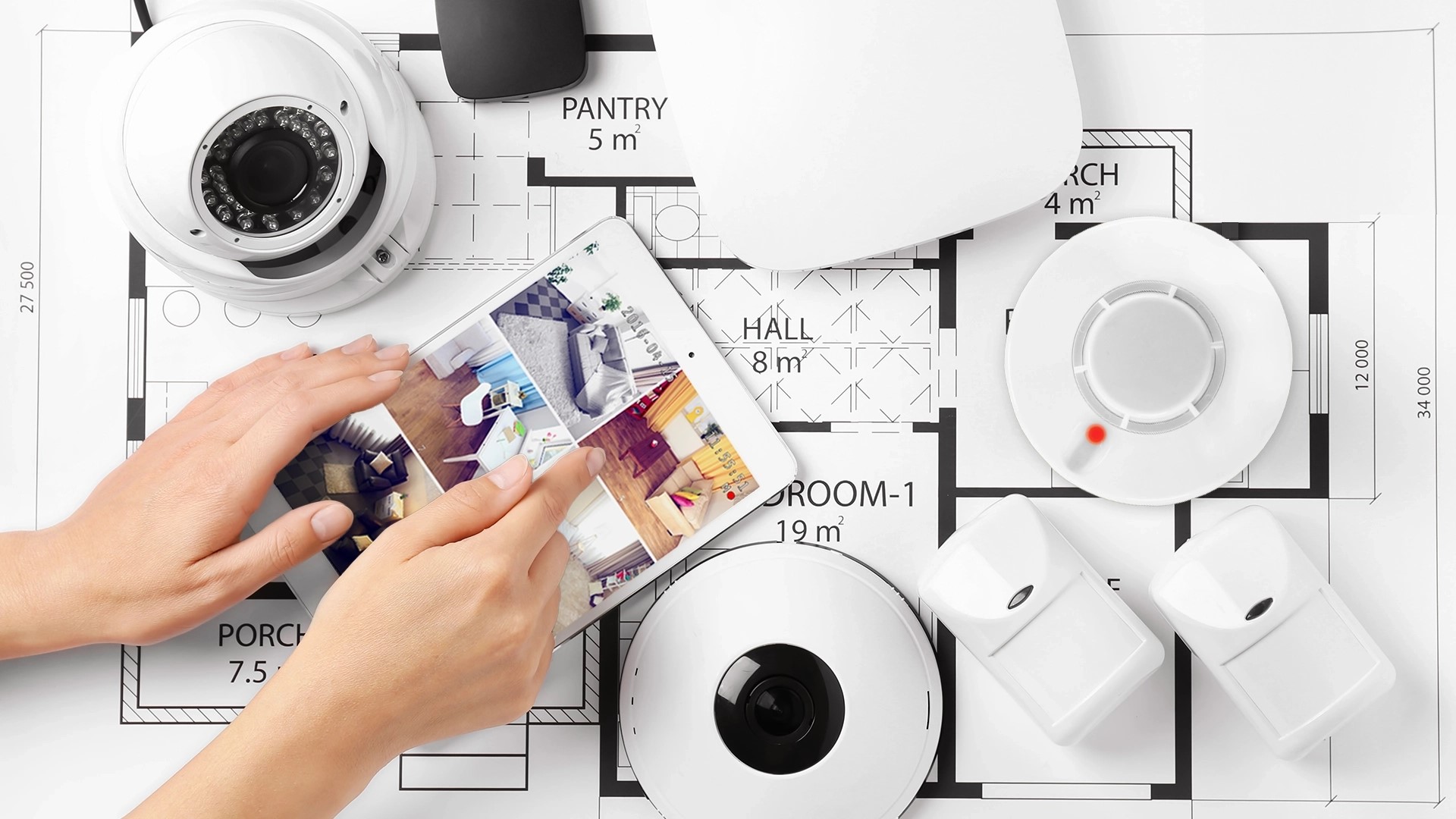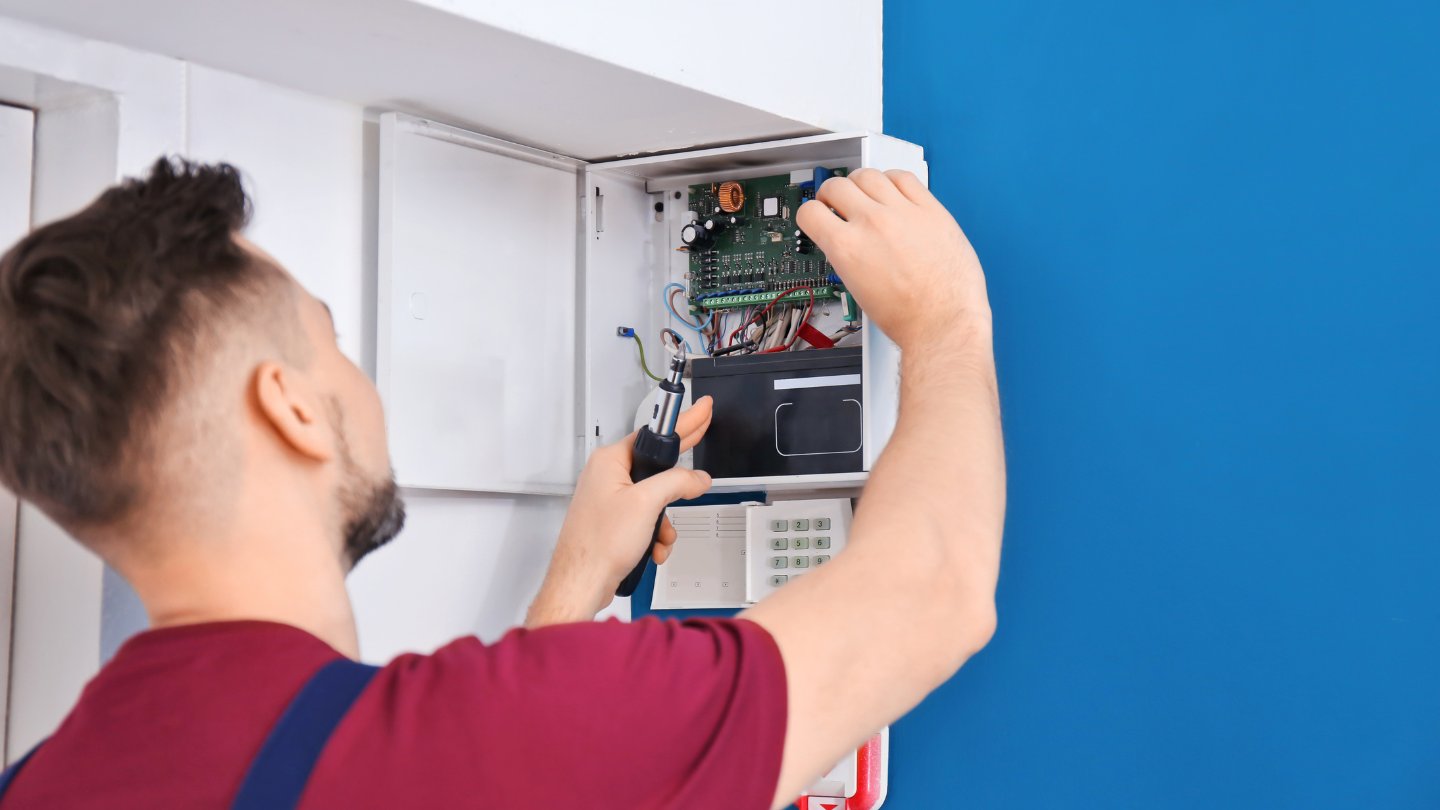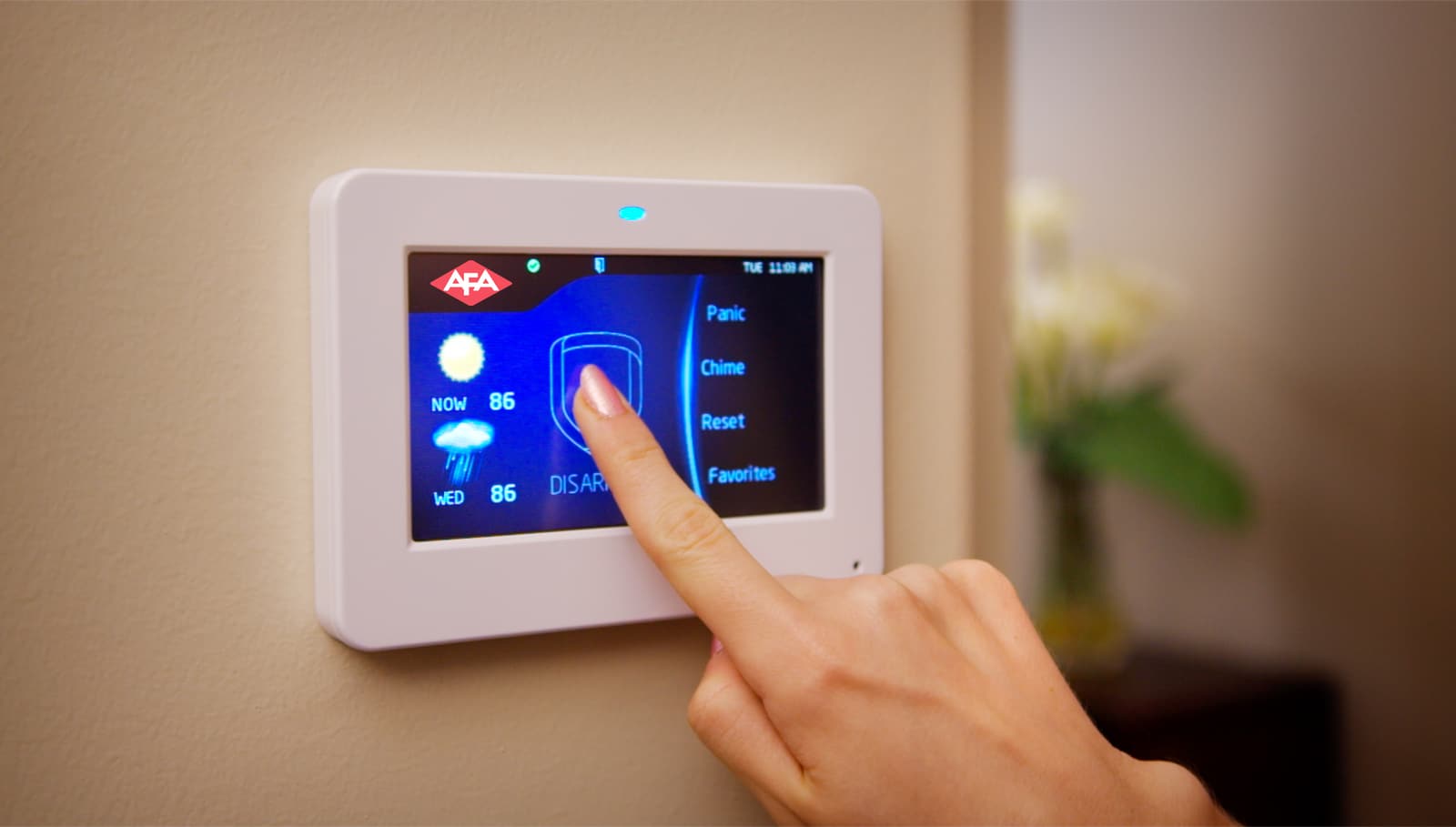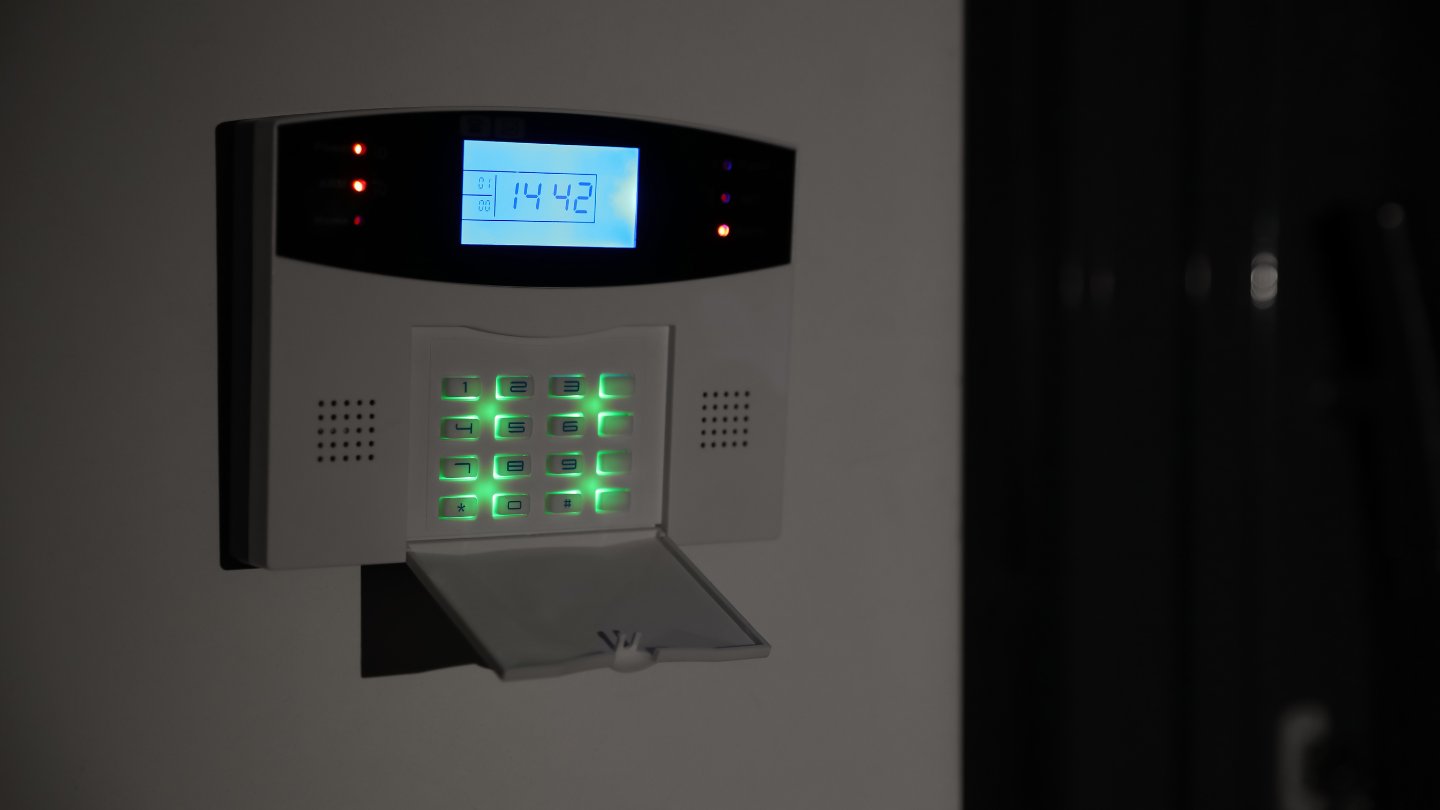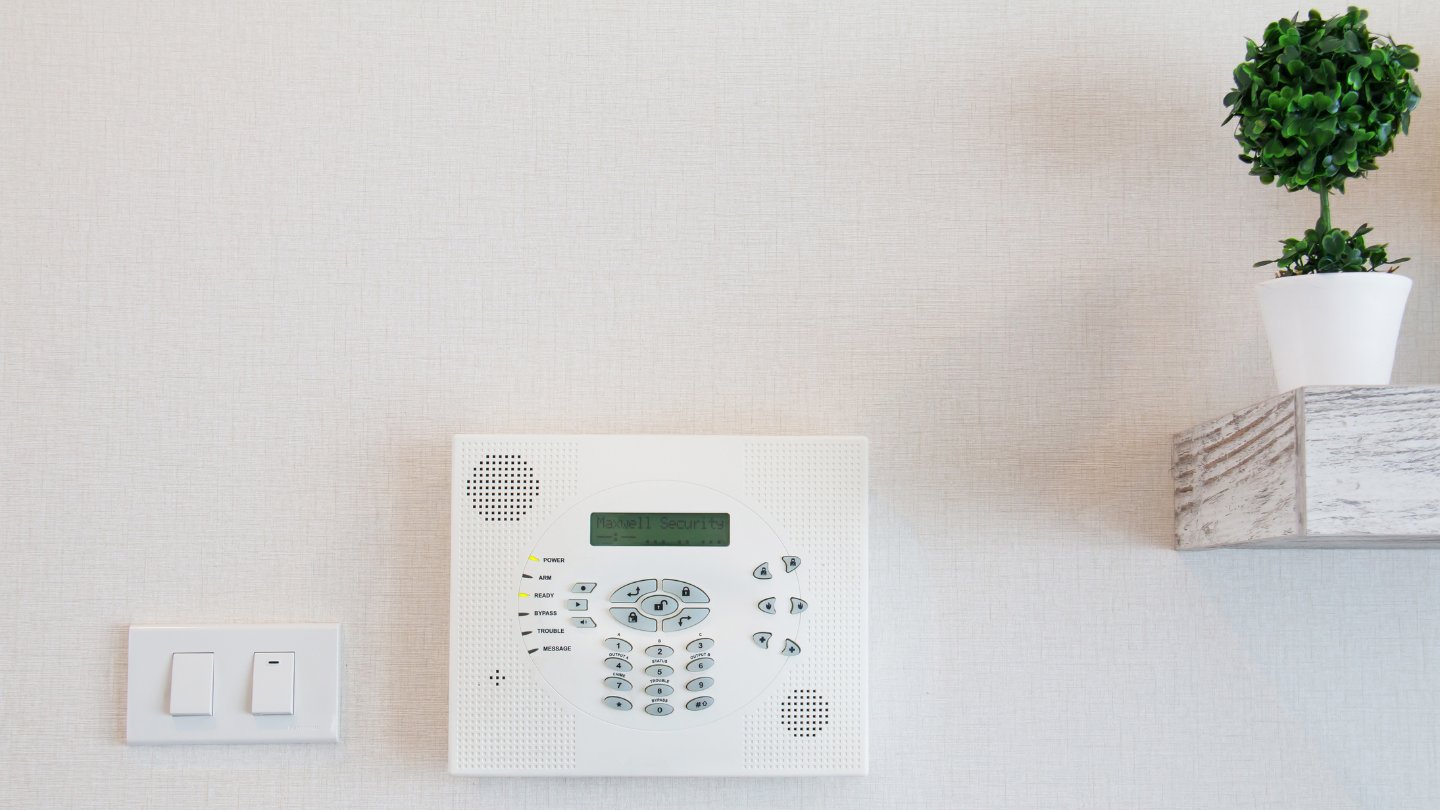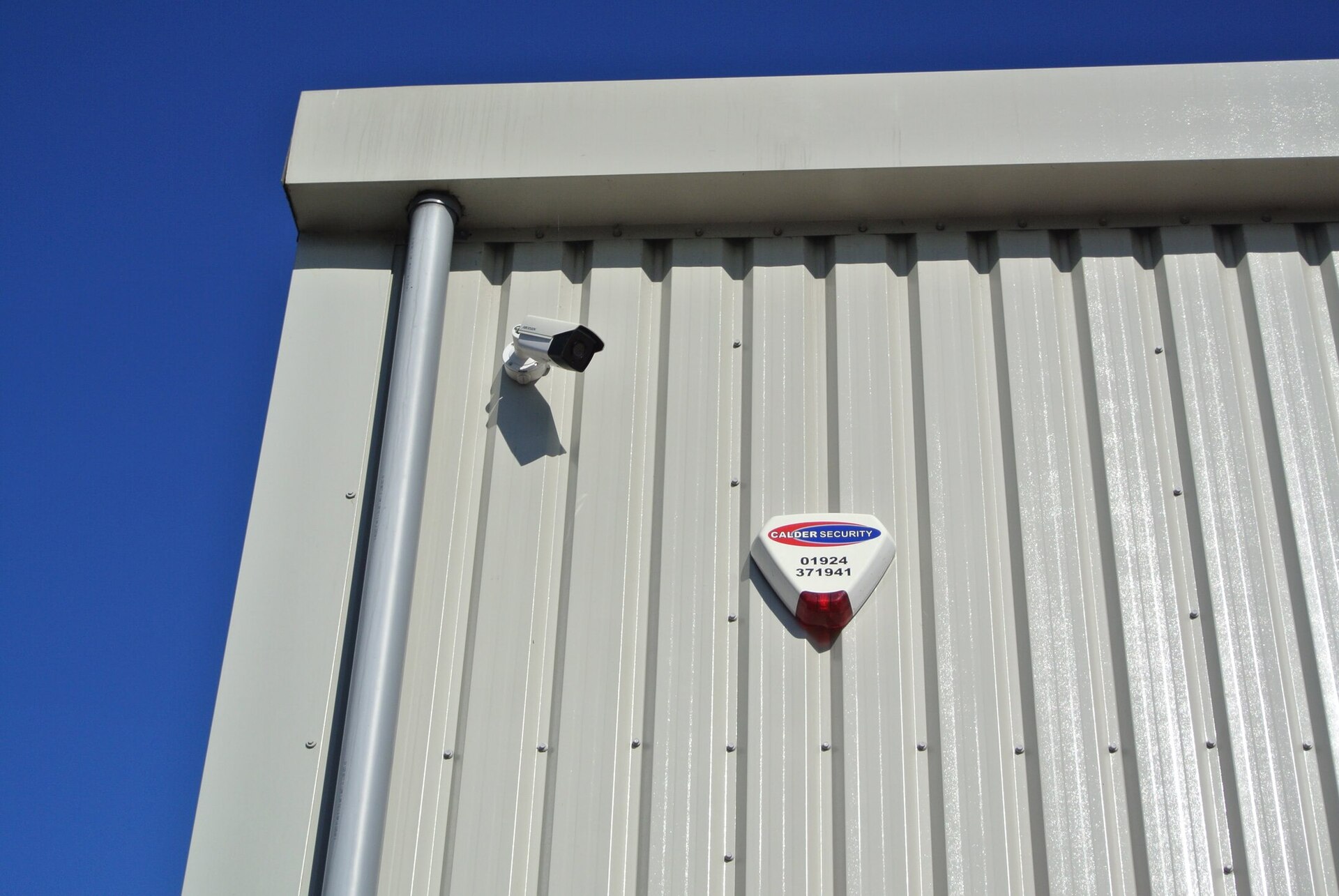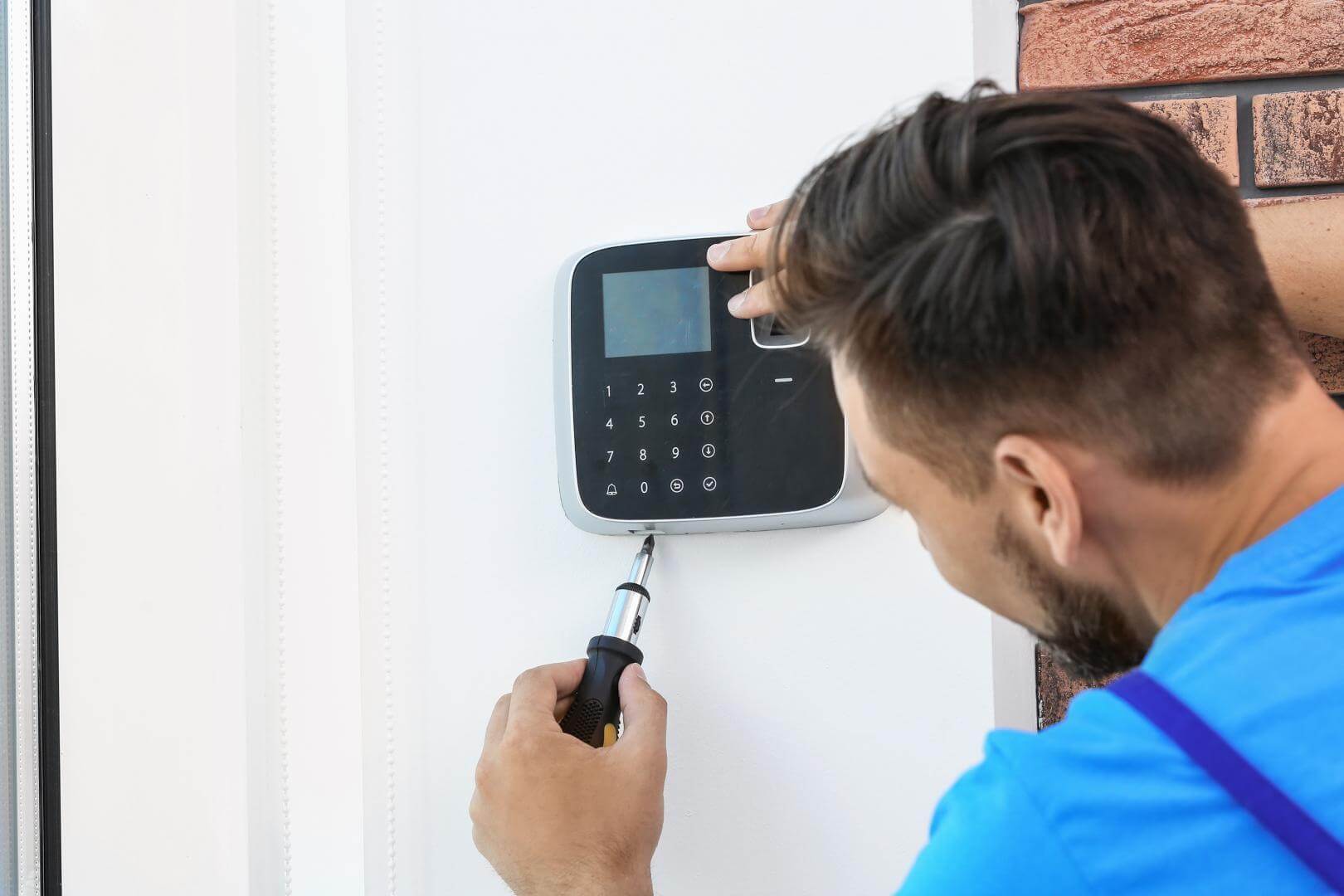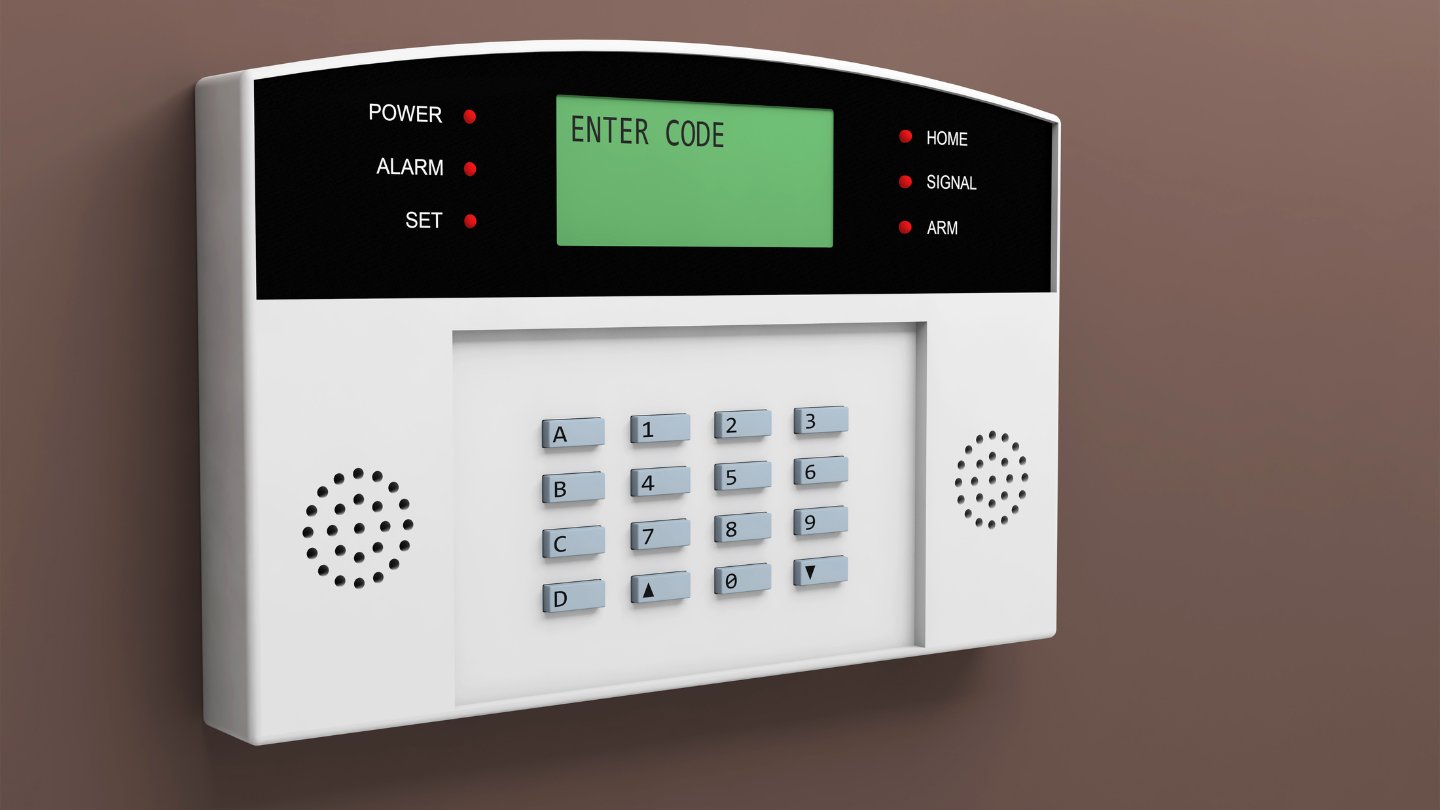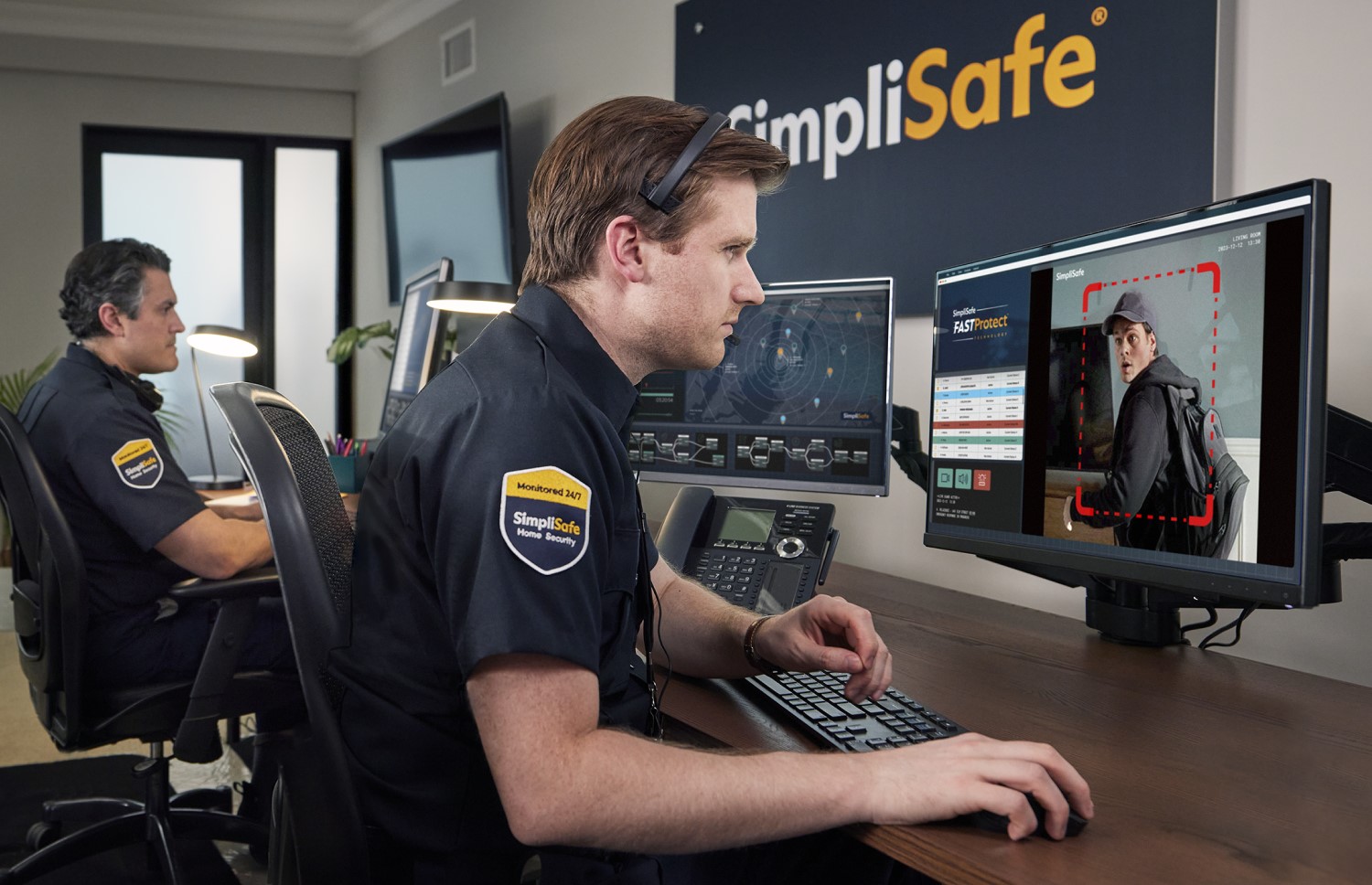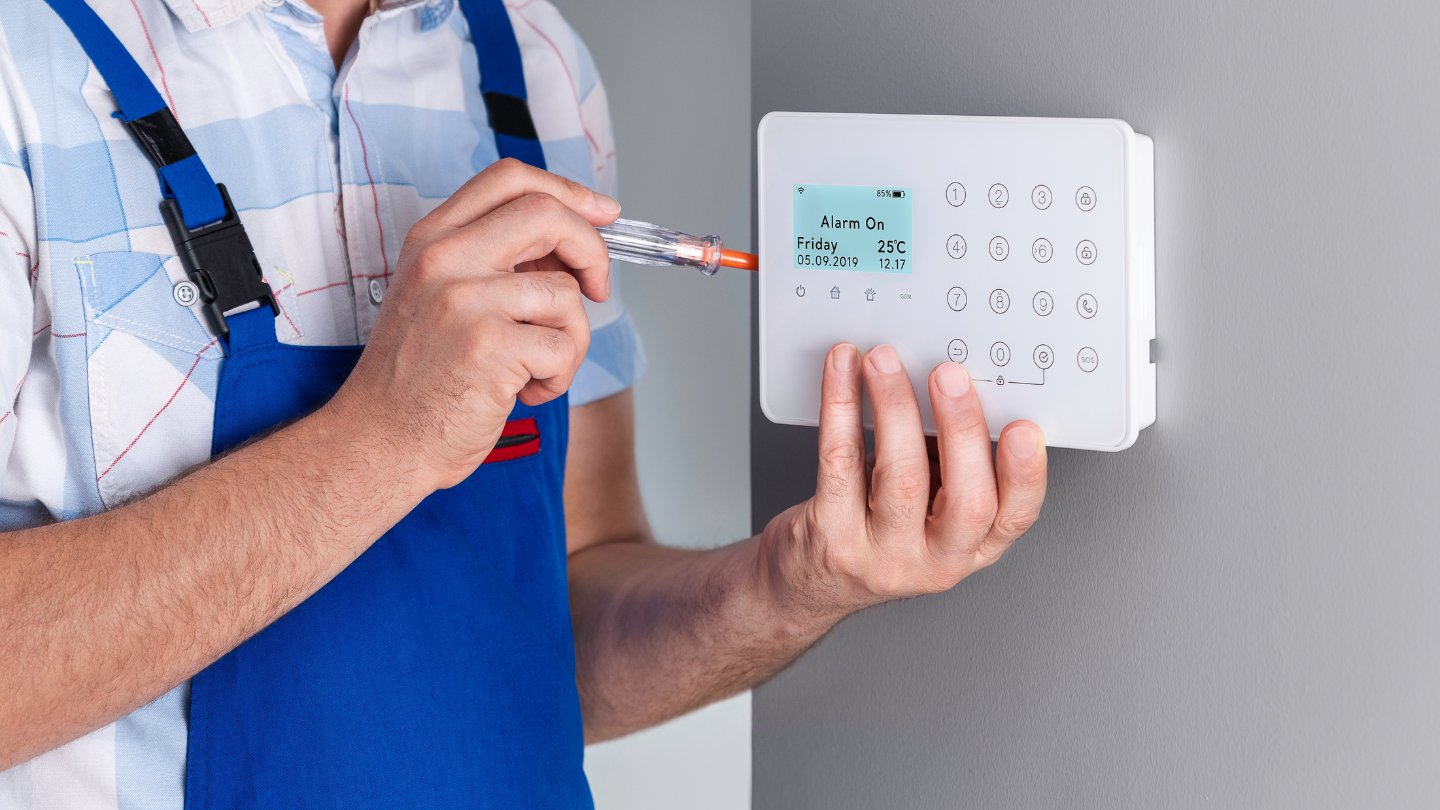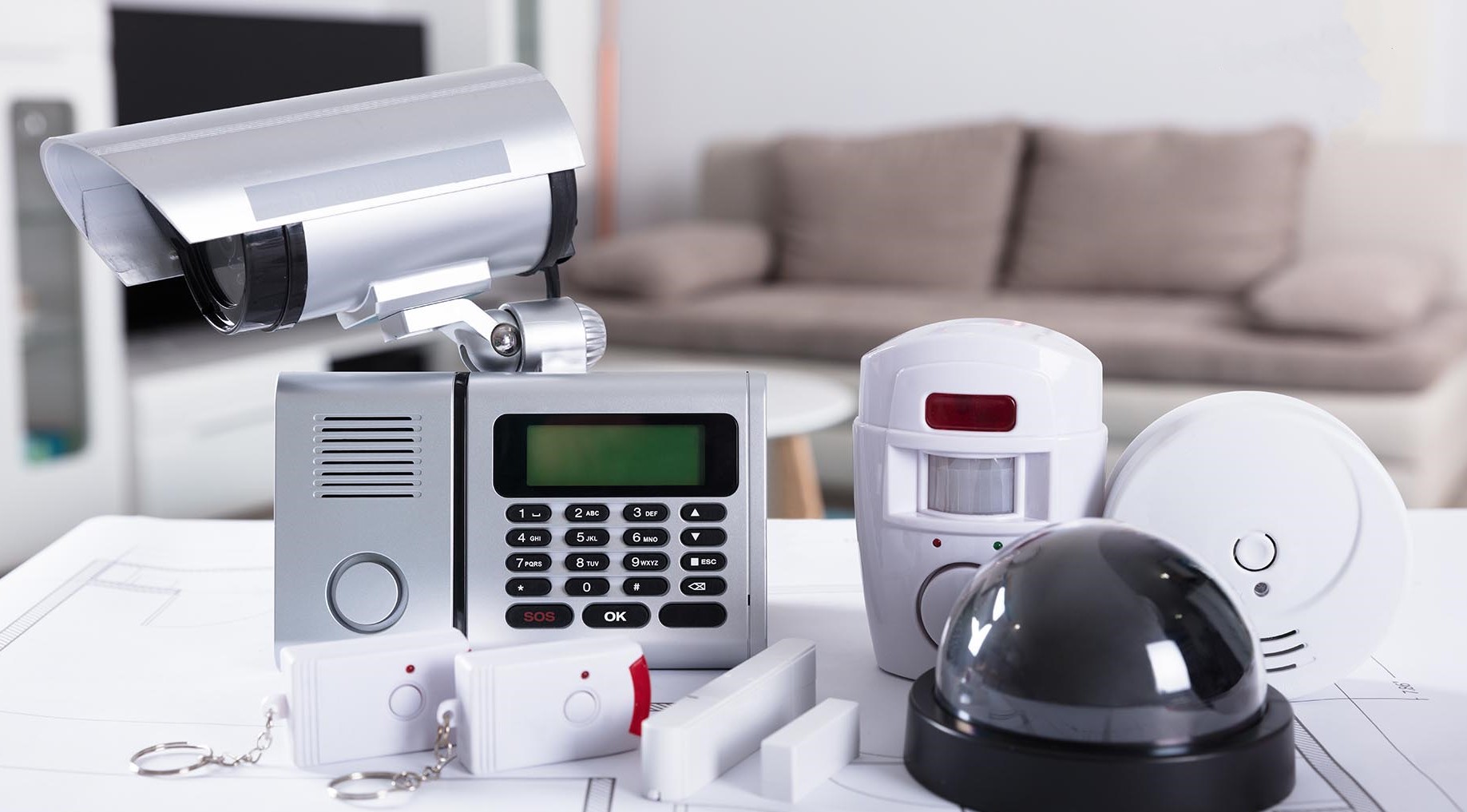Home>Home Security and Surveillance>How Often Is A Burglar Alarm False
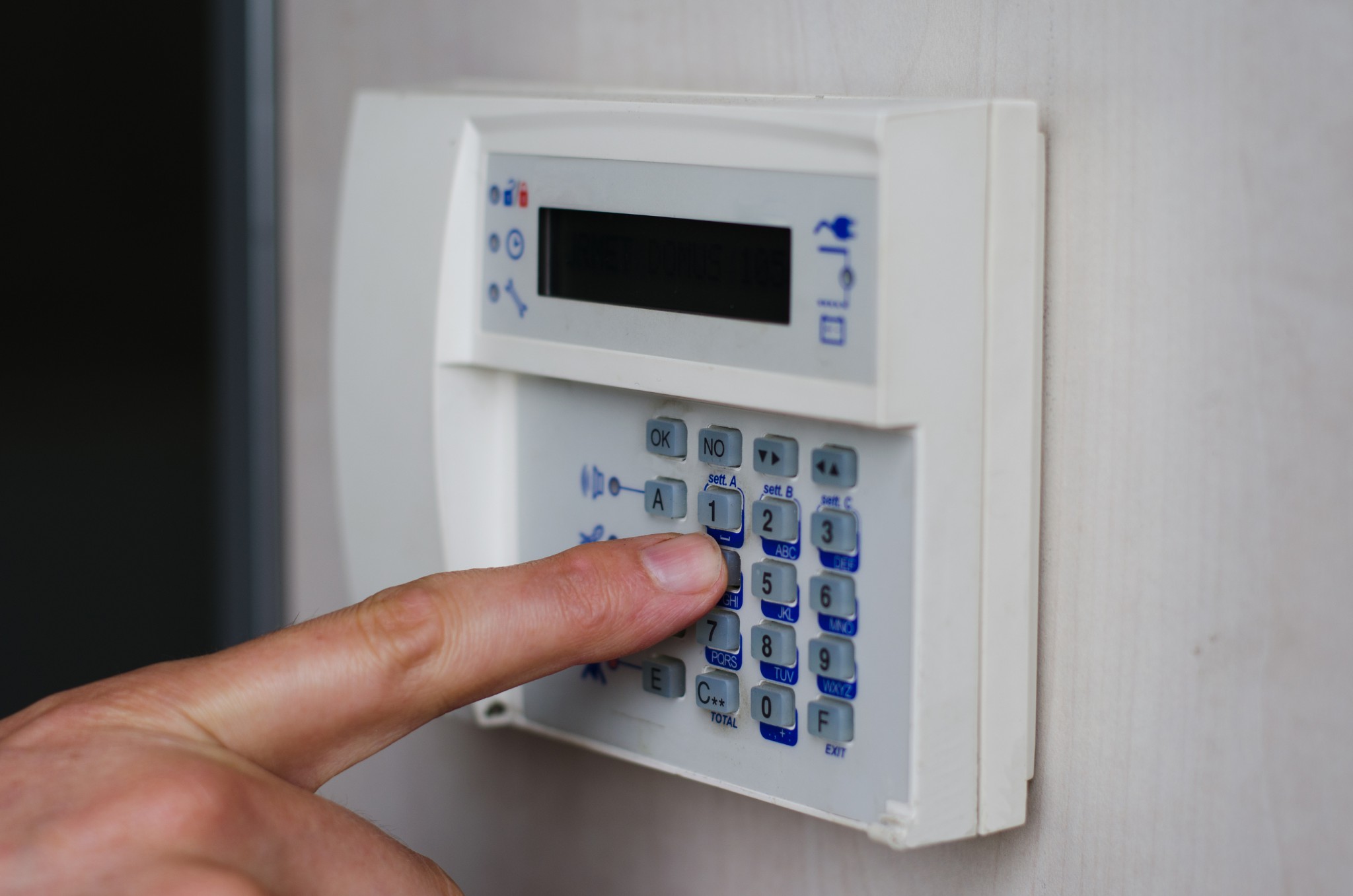

Home Security and Surveillance
How Often Is A Burglar Alarm False
Modified: March 6, 2024
Discover how often a burglar alarm false alarm occurs and learn how home security and surveillance systems can help prevent them.
(Many of the links in this article redirect to a specific reviewed product. Your purchase of these products through affiliate links helps to generate commission for Storables.com, at no extra cost. Learn more)
Introduction
Welcome to the world of home security and surveillance! In today’s society, ensuring the safety of our homes and loved ones has become a top priority. With the advancements in technology, homeowners are now equipped with various security measures to protect their properties. One such measure is the installation of a burglar alarm system, which serves as a deterrent to potential intruders and provides peace of mind.
However, as effective as these alarm systems are in deterring break-ins and safeguarding homes, there is also a downside – false alarms. A false alarm occurs when an alarm system is triggered without an actual intrusion or threat. While false alarms may seem harmless at first glance, they can have significant consequences for homeowners, security companies, and local authorities.
In this article, we will delve into the world of false alarms and their impact on the home security industry. We will explore the factors that contribute to false alarms, analyze the statistics and repercussions, and discuss strategies and advanced technologies that can be implemented to minimize false alarms. So, grab a cup of coffee and let’s dive in!
Key Takeaways:
- False alarms can disrupt daily life, strain resources, and impact trust. By educating homeowners and using advanced technology, we can minimize false alarms and enhance the effectiveness of burglar alarm systems.
- Implementing pet-friendly systems, regular maintenance, and advanced technology can significantly reduce false alarm occurrences. Collaboration and innovation are key to creating a safer home security environment.
Understanding False Alarms
Before we discuss the factors and solutions related to false alarms, it is crucial to understand what exactly constitutes a false alarm. A false alarm occurs when a burglar alarm system is triggered without any actual threat or unauthorized entry into the premises.
False alarms can be triggered by a variety of factors, including human error, technical malfunctions, environmental conditions, and even pets. Some common scenarios that lead to false alarms include accidental tripping of alarm systems by homeowners, faulty sensors or equipment, improper installation, or even a glitch in the system software.
It is important to note that false alarms not only waste valuable resources but can also desensitize responders to genuine alarms. This can lead to delays in response times and potentially jeopardize the effectiveness of the security system. Therefore, it is essential to address and minimize false alarms to maintain the reliability and efficiency of burglar alarm systems.
Now that we have a basic understanding of what false alarms are, let’s dive deeper into the factors that contribute to their occurrence.
Factors that Contribute to False Alarms
False alarms can be caused by a variety of factors, ranging from user error to technical malfunctions. Understanding these factors is crucial in effectively addressing and minimizing false alarms. Let’s take a closer look at some of the primary contributors:
- User Error: One of the leading causes of false alarms is human error. This can occur when homeowners accidentally activate the alarm system without intending to, such as entering an incorrect code or forgetting to disarm the system when entering their home. Educating homeowners on proper system operation and providing clear instructions can significantly reduce user-related false alarms.
- Pets and Wildlife: Household pets, such as dogs and cats, can inadvertently trigger alarm systems by setting off motion sensors or breaking infrared beams. Similarly, outdoor wildlife like birds or stray animals can cause false alarms if they come within range of the sensors. Pet-friendly alarm systems that are designed to differentiate between human movement and that of animals can help reduce false alarms in homes with pets.
- Equipment Malfunctions: Faulty sensors, outdated equipment, or improper installation can also lead to false alarms. Sensors may become too sensitive due to wear and tear or electronic components may malfunction, causing the system to trigger false alarms. Regular maintenance and inspections, as well as using high-quality equipment, can help minimize equipment-related false alarms.
- Environmental Factors: Environmental conditions, such as strong winds, heavy rain, or extreme temperature fluctuations, can also trigger false alarms. These conditions can cause sensors to detect movement or changes that are not actually associated with a break-in. Adjusting sensor sensitivity or using weather-resistant equipment can help mitigate false alarms caused by environmental factors.
- Interference: Interference from nearby electronic devices, such as cell phones, radios, or other wireless equipment, can disrupt the proper functioning of alarm systems. This interference can create false signals and trigger the alarm system. Employing advanced technology that uses encrypted signals or frequency-hopping spread spectrum can help eliminate interference-related false alarms.
By recognizing and addressing these contributing factors, homeowners and security companies can work together to minimize false alarms and ensure the effectiveness of burglar alarm systems.
Statistics on False Alarms
False alarms are a widespread issue in the home security industry, impacting both homeowners and security companies. Let’s take a look at some eye-opening statistics that highlight the magnitude of this problem:
- Frequency of False Alarms: According to industry estimates, false alarms account for a significant portion of calls received by police departments. It is estimated that approximately 94-98% of alarm calls are false alarms, meaning only a small percentage of calls are genuine emergencies.
- Financial Costs: False alarms not only waste valuable resources but also impose a financial burden on homeowners and local authorities. In the United States alone, false alarms cost over $1.8 billion annually, including expenses related to police response, maintenance of alarm systems, and associated fines and penalties.
- Police Response: False alarms can strain police resources and impact response times to genuine emergencies. Due to the prevalence of false alarms, some police departments have implemented policies to prioritize response based on the verification of an actual intrusion. This means that false alarms can lead to delayed response times for homeowners who may be in real danger.
- Geographical Variations: False alarm rates can vary significantly depending on the location and density of alarm systems in an area. Some cities or regions with a higher concentration of alarm systems may experience a higher frequency of false alarms compared to others.
- Recurring Offenders: Certain homeowners may consistently contribute to false alarms, either due to user error or equipment malfunctions. These recurring offenders strain resources and increase the burden on security companies and local authorities.
These statistics highlight the pressing need for effective strategies and advanced technologies to minimize false alarms. By addressing this issue, we can improve the efficiency of alarm systems, reduce the financial impact on homeowners and authorities, and ensure a timely response to genuine emergencies.
Impact of False Alarms on Homeowners
False alarms can have significant repercussions for homeowners, impacting their peace of mind, financial stability, and even their relationship with local authorities. Let’s explore the various ways in which false alarms can affect homeowners:
- Loss of Trust: False alarms can erode the trust that homeowners have in their security systems. When homeowners experience frequent false alarms, they may start to question the reliability and effectiveness of the system, leading to increased anxiety and a decreased sense of security.
- Disruption and Inconvenience: False alarms can disrupt daily life, causing inconvenience and frustration for homeowners. The blaring sirens and flashing lights associated with a false alarm can be disruptive to household routines and may require homeowners to undertake unnecessary actions, such as evacuating their property or contacting the security company.
- Financial Implications: False alarms can result in financial repercussions for homeowners. Many municipalities impose fines and penalties for excessive false alarms, forcing homeowners to bear the cost of these false activations. Additionally, false alarms can lead to increased insurance premiums, as insurance companies may view properties with frequent false alarms as higher risk.
- Strained Relationship with Authorities: Repeated false alarms can strain the relationship between homeowners and local authorities. If homeowners consistently trigger false alarms, they may be seen as nuisance callers, diverting valuable resources from genuine emergencies. This strained relationship can impact response times and the level of assistance provided during actual emergencies.
- Psychological Impact: False alarms can take a toll on homeowners’ mental well-being. The constant fear and anxiety associated with false alarms can lead to heightened stress levels and a decreased sense of security. This psychological impact can have long-lasting effects on homeowners and their families.
It is evident that false alarms can have a range of negative consequences for homeowners. It is crucial for security companies and homeowners to work hand in hand in addressing this issue, implementing strategies to minimize false alarms and restore homeowners’ confidence in their security systems.
Regular maintenance and testing of your burglar alarm system can help reduce the likelihood of false alarms. Make sure to follow the manufacturer’s guidelines and have a professional inspect it annually.
Read more: How To Disable A Burglar Alarm
Consequences of False Alarms for Security Companies
False alarms not only impact homeowners but also pose significant challenges for security companies. Here are some of the consequences that security companies face as a result of false alarms:
- Resource Drain: Responding to false alarms diverts resources, including manpower and time, away from attending to genuine emergencies. Security companies must allocate personnel to investigate and verify the cause of each alarm activation, which can strain their operational efficiency and potentially lead to delays in their response to real security threats.
- Reputation Damage: Consistent false alarms can tarnish the reputation of security companies. Homeowners may associate frequent false alarms with poorly designed or unreliable systems, leading to a loss of trust in the company’s services. Negative word-of-mouth and online reviews can further damage the reputation of security companies and hinder their ability to attract new customers.
- Legal Consequences: In some jurisdictions, security companies may face legal consequences for excessive false alarms. This can include fines, penalties, or even license revocation. These legal repercussions can have severe financial and operational implications for security companies, affecting their ability to operate and serve their customers effectively.
- Increased Operating Costs: Dealing with false alarms incurs additional costs for security companies. These costs include the manpower required to investigate and respond to false alarms, as well as the maintenance and repair of faulty equipment. Managing false alarms can strain the company’s budget and impact their profitability.
- Decreased Customer Satisfaction: False alarms can lead to decreased customer satisfaction levels. Homeowners may become frustrated with the recurring false alarms and question the effectiveness of their security systems. This dissatisfaction may result in customers seeking alternative security solutions or terminating their contracts with the security company, leading to a loss of revenue.
Security companies must proactively address false alarms by implementing stringent protocols, offering education and training to homeowners, and utilizing advanced technologies to minimize false activations. By doing so, security companies can avoid the negative consequences associated with false alarms and maintain their reputation as reliable and efficient providers of home security solutions.
Strategies to Minimize False Alarms
Reducing false alarms is crucial for maintaining the effectiveness of burglar alarm systems and ensuring the peace of mind of homeowners. Here are some effective strategies that can be implemented to minimize false alarms:
- User Education and Training: Providing comprehensive user education and training is essential in minimizing false alarms. Homeowners should be educated on how to properly operate their alarm systems, including arming and disarming procedures, code entry, and understanding the different alarm modes. Clear instructions and regular reminders can help homeowners avoid accidental activations.
- Pet-Friendly Systems: Implementing pet-friendly burglar alarm systems can significantly reduce false alarms caused by household pets. These systems utilize sensors and algorithms that differentiate between human movement and that of animals, reducing the likelihood of false activations without compromising security.
- Regular Maintenance and Upgrades: Regular maintenance and equipment upgrades are crucial to minimize false alarms. Ensuring that sensors, detectors, and other components of the system are in proper working condition can help prevent false activations. Timely replacement of worn-out or faulty equipment is also essential to maintain reliable performance.
- Enhanced Sensor Technology: Advanced sensor technology can play a significant role in reducing false alarms. For example, using dual-technology sensors that combine different detection methods, such as infrared and microwave, can enhance accuracy and reduce false activations caused by environmental factors.
- Verification Systems: Implementing verification systems can help differentiate between false alarms and genuine intrusions. This can be done through video verification, where security cameras are integrated with the alarm system, providing real-time footage of the triggered event. Verification systems can minimize false alarms and enhance the response accuracy of security personnel.
- Professional Installation: Proper installation of the alarm system by trained professionals is vital in minimizing false alarms. Professionals understand the critical factors in sensor placement, ensuring optimal coverage while minimizing the chances of false activations. They can also provide guidance on system configuration and settings to avoid common false alarm triggers.
- Remote Monitoring: Utilizing remote monitoring services can help reduce false alarms by providing expert oversight and quick verification of alarms. Remote monitoring centers can review alarm events and make informed decisions on whether to dispatch authorities, minimizing false activations caused by user error or equipment malfunctions.
By implementing these strategies, homeowners and security companies can work together to greatly reduce false alarms and enhance the overall effectiveness of burglar alarm systems. Minimizing false alarms not only saves valuable resources but also ensures that homeowners can rely on their security systems when it matters most.
Advanced Technology Solutions for False Alarms
As technology continues to evolve, innovative solutions are emerging to combat the issue of false alarms. These advanced technologies utilize sophisticated algorithms, artificial intelligence, and smart integration to minimize false activations and enhance the accuracy of burglar alarm systems. Here are some notable advancements in technology:
- Machine Learning Algorithms: Machine learning algorithms can analyze data patterns and learn from past false alarms to make more accurate predictions. These algorithms can adapt to changing conditions, reducing false activations by distinguishing between normal events and potential threats. By continuously improving their accuracy over time, machine learning algorithms enhance the reliability of alarm systems.
- Video Analytics: Video analytics technology allows security cameras to detect and analyze movement patterns, object classification, and behavior recognition. By integrating video analytics into the alarm system, false alarms caused by innocent movements, such as pets or passing vehicles, can be minimized. Video analytics can also provide real-time alerts when suspicious activity is detected, helping security personnel make informed decisions.
- Two-Way Voice Communication: Two-way voice communication allows alarm monitoring personnel to directly communicate with homeowners during alarm events. This technology enables immediate verification of alarms, reducing false activations caused by user error or accidental triggers. It also provides an opportunity for homeowners to communicate their situation and provide additional information to the monitoring center, improving response accuracy.
- Geo-Fencing and Smart Integration: Geo-fencing technology utilizes GPS or Wi-Fi signals to define virtual boundaries around the property. By integrating the alarm system with geo-fencing capabilities, false alarms can be minimized. For example, the system can automatically arm or disarm based on the homeowner’s proximity to the property, reducing accidental triggers caused by forgetfulness or inconsistent usage.
- Smart Sensor Technology: Smart sensors can enhance the accuracy of alarm systems, reducing false activations caused by environmental factors. These sensors can differentiate between natural movements, such as swaying trees or moving curtains, and actual threats. They can also adjust sensitivity levels based on environmental conditions, ensuring reliable performance regardless of the weather or other external variables.
- Mobile Apps and Remote Control: Mobile apps and remote control capabilities allow homeowners to have full control and visibility over their alarm systems. Through these technologies, homeowners can remotely arm or disarm the alarm, receive real-time notifications, and even view live camera feeds. By empowering homeowners with greater control and awareness, false alarms caused by accidental activations or user error can be minimized.
- Integration with Other Smart Home Devices: Integrating burglar alarm systems with other smart home devices, such as door/window sensors, motion detectors, and smart lighting, can enhance the accuracy and effectiveness of the entire security ecosystem. By integrating these devices, the alarm system can gather more comprehensive data and make more informed decisions, reducing false activations and enhancing overall security.
By leveraging these advanced technology solutions, homeowners and security companies can significantly minimize false alarms, improve response accuracy, and enhance the overall effectiveness of burglar alarm systems. Investing in these technologies not only ensures better security but also brings peace of mind to homeowners.
Conclusion
False alarms remain a significant challenge in the field of home security and surveillance. They can disrupt daily life, strain resources, and impact the trust between homeowners, security companies, and local authorities. However, with the right strategies and advanced technologies, it is possible to minimize false alarms and ensure the effectiveness of burglar alarm systems.
By understanding the factors that contribute to false alarms, such as user error, pets, equipment malfunctions, environmental conditions, and interference, homeowners and security companies can work together to address these issues proactively.
Implementing user education and training, pet-friendly systems, regular maintenance, and upgraded equipment can significantly reduce false alarm occurrences. Advanced technologies, such as machine learning algorithms, video analytics, two-way voice communication, and smart sensor technology, offer innovative solutions to minimize false activations and enhance the accuracy of alarm systems.
Furthermore, integrating alarm systems with geo-fencing capabilities, mobile apps, and other smart home devices amplifies the effectiveness of security measures, providing homeowners with greater control and awareness while minimizing false alarms.
It is crucial for homeowners to be proactive in understanding how to properly operate their alarm systems and follow guidelines to avoid accidental triggers or user errors. Security companies, on the other hand, should employ robust systems, conduct regular maintenance, and provide continuous customer support to mitigate false alarms.
By collectively adopting these strategies and utilizing advanced technologies, we can reduce false alarms, alleviate the financial burden on homeowners and local authorities, and ultimately enhance the overall security and peace of mind for everyone involved.
In the ever-evolving landscape of home security and surveillance, the battle against false alarms is ongoing. Through continuous innovation, collaboration, and education, we can create a safer environment and ensure the alarm systems we rely on truly serve their purpose – protecting our homes and loved ones.
Frequently Asked Questions about How Often Is A Burglar Alarm False
Was this page helpful?
At Storables.com, we guarantee accurate and reliable information. Our content, validated by Expert Board Contributors, is crafted following stringent Editorial Policies. We're committed to providing you with well-researched, expert-backed insights for all your informational needs.
